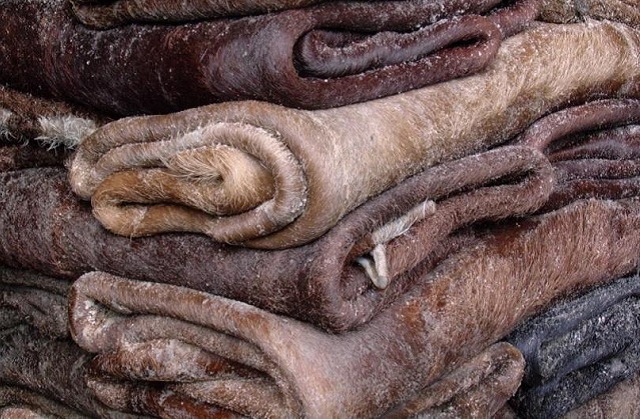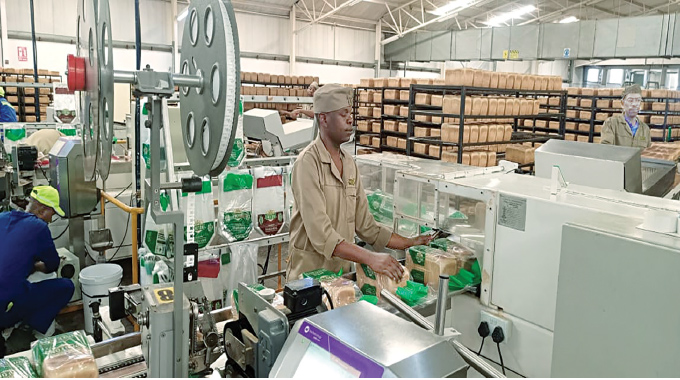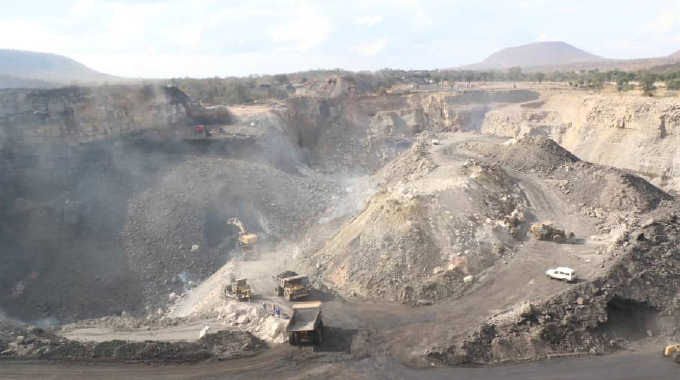60pc raw hides go to waste

Tawanda Musarurwa, Harare Bureau
Lack of a complementary policy that allows livestock producers to export light hides means around 60 percent of raw hides produced in the country are going to waste as they do not have a market locally.
According to the Livestock and Meat Advisory Council (LMAC) economist Reneth Mano, the Government should at least consider reviewing the policy that levies a surtax of 0,75 cents per kilogramme of hide exported.
Mr Mano said the surtax has basically rendered the small hides, which constitute around 60 percent of raw hides produced in the country, unsellable outside the country.
“Government is currently charging a surtax of 0,75 cents per kg of hide exported, rendering raw hides untradeable. This measure was adopted to encourage the processing of raw hides before export. However, the tanning industry only has capacity to process heavy hides, which constitute an estimated 40 percent of all hides produced.
“Thus 60 percent of raw hides potentially do not have a local market and remain unutilised,” he said.
He, however, said a market does exist globally for such hides (the semi-processed “wet blue”), which raises opportunities for players in the sector to increase export earnings from the by-product.
The most common tanning material is chromium, which leaves the tanned leather a pale blue colour (due to the chromium). This product is commonly called “wet blue”.
Official figures from the Zimbabwe National Statistical Agency (ZimStats) show that between January and August this year, the sector exported only 900 tonnes of processed hides when the estimated production of raw hides annually is about 5 000 tonnes.
The LMAC has suggested that Government should consider removing the 0,75 cents per kg surtax on raw hide exports, reserve 40 percent of production for local tanneries, and allow the export of the rest to ensure the country gains foreign currency earnings from the hides deemed too small for local tanning.
“There are two solutions, either we invest in modernising our farming so that we turn our lighter hides into leather, but that’s a medium-term project, which requires a lot of support and private sector involvement.
“Or in the interim period we allow two products to get out of Zimbabwe, that is, the heavy hides and the semi-processed leather (wet blue leather) which does not have a market locally, but can fetch premiums in some international markets,” said Mr Mano.











Comments